Species Photo Gallery for Xestocephalus brunneus Brown Xestocephalus 18 |
 | Photo by: Marilyn Westphal, Jim Petranka
Henderson Co.
Comment: On uv light sheet. 3.4 mm |  | Photo by: Marilyn Westphal, Jim Petranka
Henderson Co.
Comment: On uv light sheet |
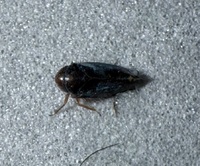 | Photo by: Marilyn Westphal, Jim Petranka
Henderson Co.
Comment: On uv light sheet |  | Photo by: Marilyn Westphal, Jim Petranka
Henderson Co.
Comment: On uv light sheet |
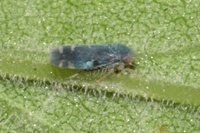 | Photo by: Scott Bolick
Forsyth Co.
Comment: | 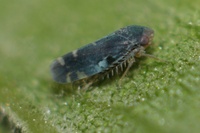 | Photo by: Scott Bolick
Forsyth Co.
Comment: |
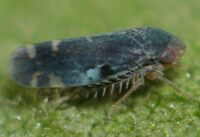 | Photo by: Scott Bolick
Forsyth Co.
Comment: | 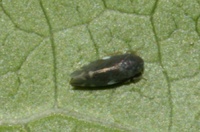 | Photo by: Scott Bolick
Guilford Co.
Comment: May be a duplicate record, I hit submit and my VPN gave me some issues. |
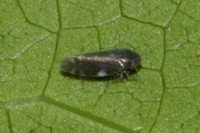 | Photo by: Scott Bolick
Guilford Co.
Comment: May be a duplicate record, I hit submit and my VPN gave me some issues. | 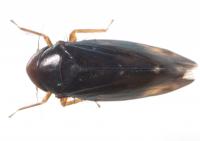 | Photo by: John Rosenfeld
Out Of State Co.
Comment: female |
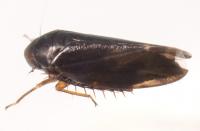 | Photo by: John Rosenfeld
Out Of State Co.
Comment: female |  | Photo by: John Rosenfeld
Out Of State Co.
Comment: female |
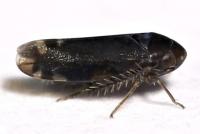 | Photo by: Rob Van Epps
Mecklenburg Co.
Comment: Came to UV light. Yard near woods. | 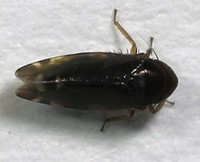 | Photo by: Rob Van Epps
Mecklenburg Co.
Comment: Came to UV light. Yard near woods. |
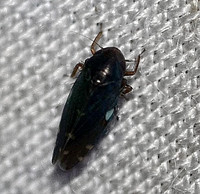 | Photo by: Paul Scharf
Warren Co.
Comment: Attracted to Black Light | 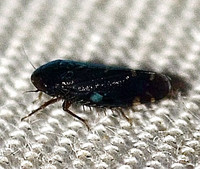 | Photo by: Paul Scharf
Warren Co.
Comment: Attracted to Black Light |
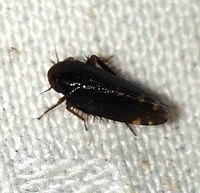 | Photo by: Paul Scharf
Warren Co.
Comment: attracted to Black Light | 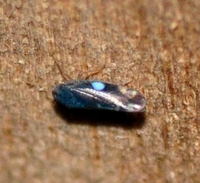 | Photo by: Kyle Kittelberger
Wake Co.
Comment: mixed hardwood forest habitat; the whitish patch on the costa is an accumulation of waxy exudates |
|

 »
»
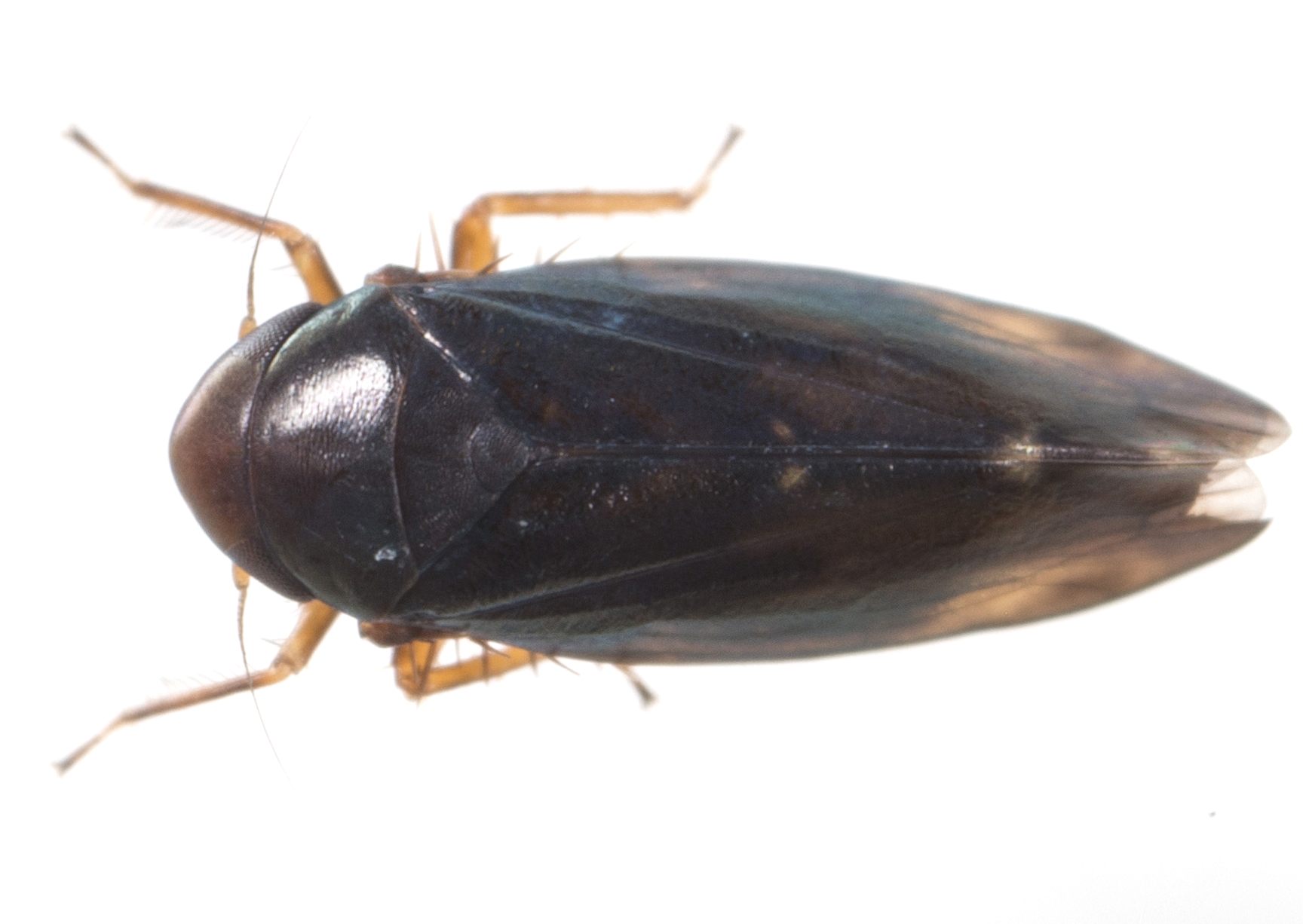
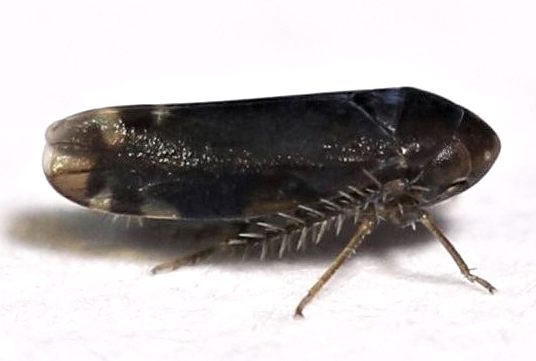
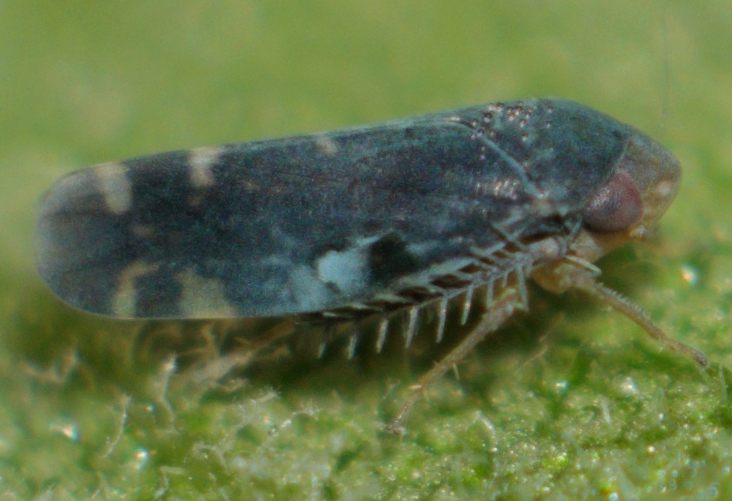

 »
»


